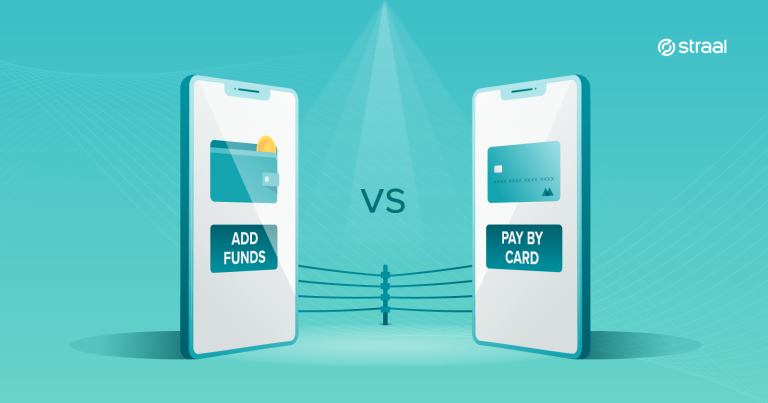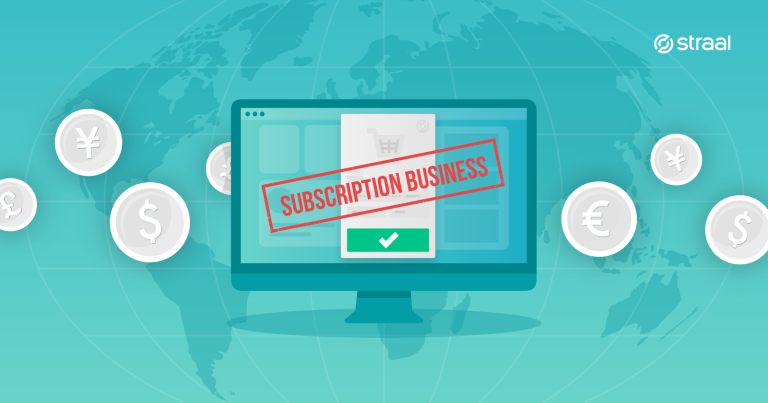Ignorance is bliss or once bitten, twice shy? Take a look at the numbers below and decide which saying resembles your approach to mitigating fraud most closely.

- 49% of respondents to PWC’s Global Economic Crime and Fraud Survey said their companies had been victims of fraud or economic crime.
- Only 54% of global organisations said they have conducted a general fraud or economic crime risk assessment in the past 2 years.
- Last year, identity theft has reached epidemic levels in the UK, with incidents of this type of fraud running at almost 500 a day.
- Nethone’s and EY’s report revealed that while 71% of Polish online business have no fraud detection system on board, over 60% of those that were attacked in the past regard the issue as a very serious problem.
- A study conducted by PYMNTS reported $57.8 billion in ecommerce fraud losses in 2017.
That last figure needs no ornament whatsoever to resonate. Given how ubiquitous fraud is, maybe your business has contributed to that score, too. Have you fallen victim to fraud? Based on the stats above, if the answer is „yes”, I assume you have learnt your lesson and already thoroughly inspected what went wrong. The “no” answer does not exist in the case of fraud. It’s only “not yet”. Be my guest and let me invite you to explore the dark side of ecommerce.
Fraud trends
Fraud happens whenever a payment linked to a product or service is covered by an unauthorized person. To put it into the ecommerce reality, you can label a transaction as bogus when someone pays for the order using fake credentials or a stolen credit card.
Clean fraud is probably the type that business owners come across most frequently. Fraudsters initiate transactions that do not raise suspicion at first glance. All details provided closely reflect those from the card. It’s carried out by skilful impostors, who (thanks to their extensive experience) know how to spoof fraud detection systems. The techniques, in fact, get more and more sophisticated. Solution? A top-grade security tool will do the job.
The name “friendly fraud” might be quite misleading as there’s nothing amicable about it! In principle, the customer (a legitimate one) claims not to have ordered a product or service or (if it’s not about digital goods) not to have received it. They request a chargeback (they want their money back, basically) forcing the merchant to return the money and to cover the cost of the entire process linked to initiating the procedure.
Better safe than defrauded
You no longer need a team whose sole task is to review transactions and make their recommendations regarding their legitimacy based upon their experience and… gut feeling. Why the latter? The frontiers of ecommerce have practically disappeared – business is as global as can be. The nature of fraud differs from region to region and no one can really be an expert on how people shop online in every corner of the world. Consequently, the rules that legacy anti-fraud systems rely upon expire in no time.
Whom to trust, then? According to the PWC study the Financial Services and Technology industries are finding the most value in Artificial Intelligence (AI) and Advanced Analytics. Indeed, machine learning models are incomparably more accurate than humans when it comes to detecting fraud attempts and they learn as they go – so are always ready to face new fraudsters’ strategies. The best scenario would actually be to employ a payments platform that has a military-grade solution built-in. Why? Integrating a payment gateway or payment infrastructure with an anti-fraud system is often a very lengthy process that requires both huge financial and human resources. To spare you such delights, I’d recommend tapping into an AI-based system embedded in a gateway.
So, what can you do about fraud?
If you want to detect and prevent payment fraud effectively, you have to remember about several things.
- Select the solution that offers more than just detection. Pick the tool that deters fraud, but also provides you with detailed transactional data, profiles customers and gives you information that you can convert into profitable decisions. Your risk managers will better safeguard your business if the system helps them understand what kind of fraud they’re dealing with. It will also be easier for them to investigate the denial rate, chargebacks percentage etc. Even better, make sure you can integrate your anti-fraud software with the tools your business already employs.
- Make sure the solution complements your business. Many anti-fraud systems work as one-size-fits-all. Each business needs a bespoke system that does not hinder its operations or (worse) compromise the payments experience.
- Choose a system that relies on Machine Learning, not on predefined rules. The algorithms learn over time and swiftly adjust to the circumstances in which your business operates. Rules expire quickly and fail at keeping up with fraudsters. And if they are using more and more sophisticated techniques, so should you.
- Educate your customers on how to spot suspicious businesses, how to decide on a password or how to spot fraudulent activity on their accounts. Furthermore, merchants may in fact enable their customers to manage their payments via a dedicated, proprietary app or initiate partnership with an external company to strengthen the anti-fraud front.
- Knowing how important UI and UX are, choose a solution that enhances them and does not cause friction. Basically, do not forget about your legitimate customers, otherwise you’ll deter both fraudsters and your clientele!
- Turn to experts. Quiz your Payment Service Providers to find out what they offer security-wise. Fraud prevention and payments should go hand in hand and so your PSP should actually have a solution ready to deploy or be able to comprehensively advise you on the topic. How does Straal do it? We’re leveraging a cutting-edge anti-fraud solution fully integrated with our payment system, so our customers receive a 360-degree service payments-wise. If fraud is an immanent part of e-commerce, then fraud prevention must be an immanent part of a payment gateway. Beware if your PSP claims that using 3D security leaves fraud handling to the issuing bank and, hence you have nothing to worry about. It won’t be effective in the long run, especially if you aspire to be an international merchant. Such a solution will compromise the customer experience as well as the speed and quality of payments.
If financial vulnerability and crises that can spiral into bankruptcy are not reason enough to tap into fraud prevention measures, think of how your business is perceived on the outside. Lack of visible security was the #1 reason customers abandoned a transaction. Nonetheless, it’s not just your money that’s at stake. Security incidents and data breaches may irrevocably damage your reputation. The blow might be too severe to take finance-wise and impossible to rectify in terms of how your brand is perceived. Online businesses abound. It will be logical for customers to leave you once you’ve failed to keep them secure rather than to patiently wait for you to win back their trust. Going even further, bolstering up the security, which is primarily done for financial reasons, is oftentimes a catalyst for building a company-wide culture of integrity and resilience. Being proactive in this respect can, hence, contribute to cultivating a sense of trust – which is slightly different from what we tend to prioritise – profit.
What is there left for you to do? Make sure your business is properly protected against fraud and if not – change your PSP! If you want to get more information about effective fraud detection and prevention, contact our team – we’re here to help you!







